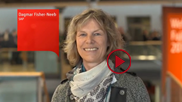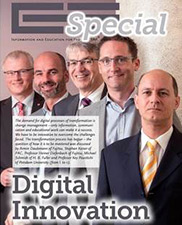Archived content
NOTE: this is an archived page and the content is likely to be out of date.
The Total Economic Impact Of Fujitsu’s FlexFrame for SAP solution
The purpose of this Forrester study is to provide readers with a framework to evaluate the potential financial impact of the FlexFrame for SAP solution on their organizations.
This study illustrates the financial impact of deploying and running the FlexFrame for SAP solution within the customer “Unternehmensgruppe Theo Müller (UTM)”, a large dairy company based in Germany.
By migrating its SAP operations to the FlexFrame platform, Forrester found that this company:
- Avoided one-time investment costs with FlexFrame for SAP solution as a cost-effective platform
- Realized IT savings mainly related to software licenses and maintenance fees.
- Improved IT productivity by reducing the efforts for regularly recurring tasks such as cloning or provisioning of SAP systems
- Reduced the downtime of test environments
- Simplified the administration of the SAP platform
Main motivation of this project was to innovate the SUN Solaris Cluster / Windows server based SAP IT landscape according to growing needs of flexibility and the need for innovation of the SAP SW landscape together with the requirement for a future-proof solution.
Fujitsu notes that in this case study, the focus on quantifying the achieved cost savings by introducing FlexFrame for SAP were laid on the CAPEX side in order to demonstrate the impact of this migration to the Linux based x86 platform FlexFrame in a traceable way. The OPEX related cost advantages were acknowledged and described mainly with qualitative arguments. However, both the CAPEX- and OPEX- oriented cost pools can be the dominating values for FlexFrame for SAP customers.
Forrester strongly advises that readers should use their own estimates within the framework provided in the study to determine the appropriateness of an investment in Fujitsu’s FlexFrame for SAP solution.




